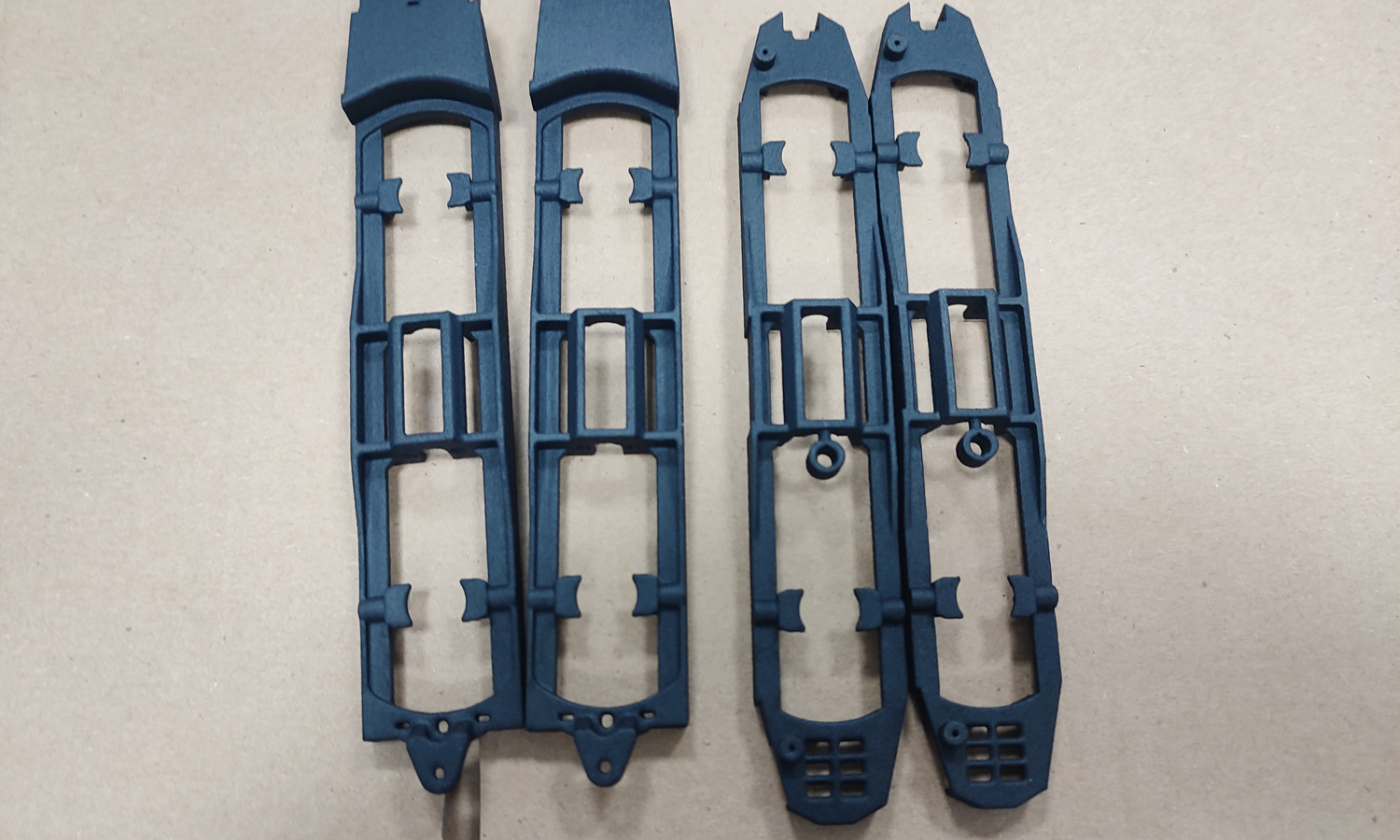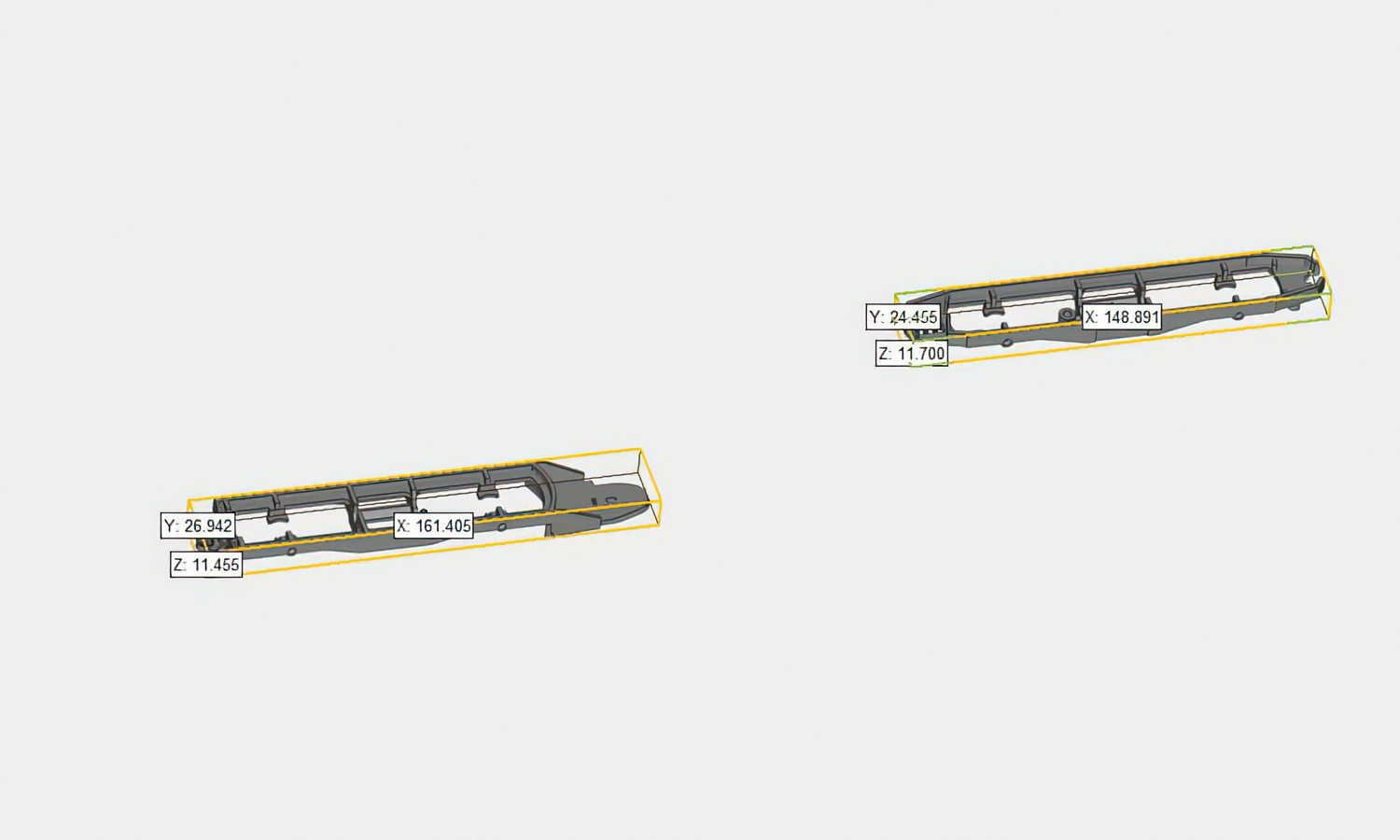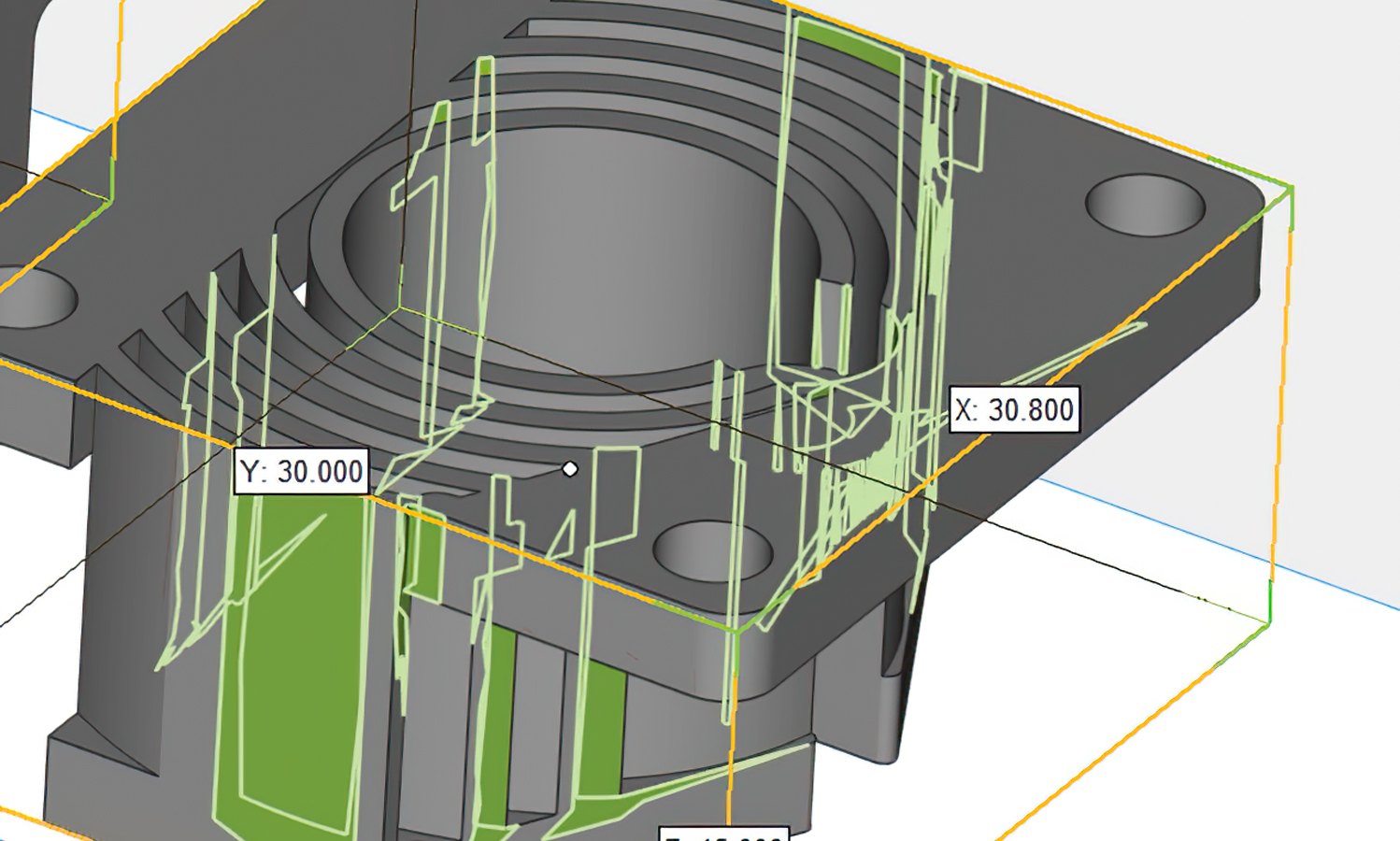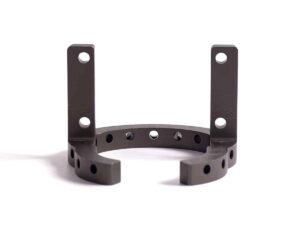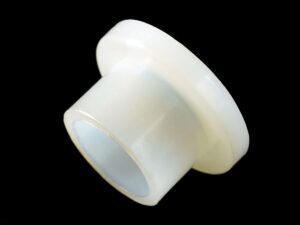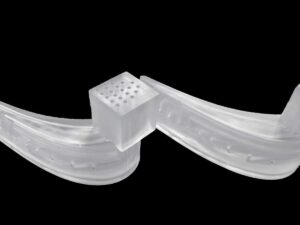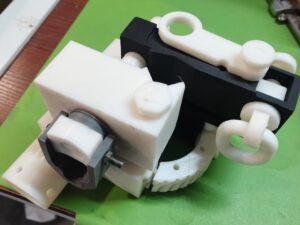MJF 3D Printed Nylon GlassBead Parts with Different Post-processing
- SLA 3D Printed Cartoon Statue Prototype of Buddhistic Apsara Bluetooth Speaker for Dunhuang Museum
- SLA 3D Printed Scale-down Machine Models as Commemorations
Posted on 2021-03-17 in Mechanics ┬Ę µ£║µó░
Gallery
About Project
The material we use is HP 3D High Reusability PA 12 Glass Beads, which can produce stiff, functional, thermal resistant parts. Its default color is dark grey, but also can be painted into black or other colors. In the sample photos, we present two kinds of parts with different post-processings. One has just been simply sanded, the other one has been dyed into black. As the dimensions of them are small, they both cost less than $40.
Solution
- Step 1: A thin layer of Nylon GlassBeads powder is first spread over the build platform where it is heated to a near-sintering temperature.
- Step 2: A carriage with inkjet nozzles (which are similar to the nozzles used in desktop 2D printers) passes over the bed, depositing a fusing agent on the powder. At the same time, a detailing agent that inhibits sintering is printed near the edge of the part.
- Step 3: A high-power IR energy source then passes over the build bed and sinters the areas where the fusing agent was dispensed while leaving the rest of the powder unaltered. The process repeats until all parts are complete.
- Step 4: Similar to SLS, the printed parts are encapsulated in the powder and need to cool down before they can be removed.
- Step 5: Take out the parts from the powder. Blow away the excess material and send the parts.
